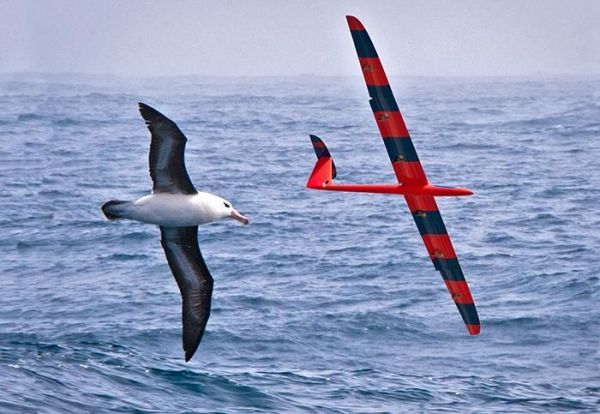The words “fly like an eagle” are famously part of a song, but they may also be words that make some scientists scratch their heads. Especially when it comes to soaring birds like eagles, falcons and hawks, who seem to ascend to great heights over hills, canyons and mountain tops with ease. Scientists realize that upward currents of warm air assist the birds in their flight, but they don’t know how the birds find and navigate these thermal plumes.
To figure it out, researchers from the University of California San Diego used reinforcement learning to train gliders to autonomously navigate atmospheric thermals, soaring to heights of 700 meters—nearly 2,300 feet. The novel research results, published in the Sept. 19 issue of “Nature,” highlight the role of vertical wind accelerations and roll-wise torques as viable biological cues for soaring birds. The findings also provide a navigational strategy that directly applies to the development of autonomous soaring vehicles, or unmanned aerial vehicles (UAVs).
“This paper is an important step toward artificial intelligence—how to autonomously soar in constantly shifting thermals like a bird. I was surprised that relatively little learning was needed to achieve expert performance,” said Terry Sejnowski, a member of the research team from the Salk Institute for Biological Studies and UC San Diego’s Division of Biological Sciences.
Reinforcement learning is an area of machine learning, inspired by behavioral psychology, whereby an agent learns how to behave in an environment based on performed actions and the results. According to UC San Diego Department of Physics Professor Massimo Vergassola and PhD candidate Gautam Reddy, it offers an appropriate framework to identify an effective navigational strategy as a sequence of decisions taken in response to environmental cues.
Read more at University of California - San Diego
Image: This is a bird and glider in tandem flight. (Credit: Phil Richardson, © Woods Hole Oceanographic Institution)


